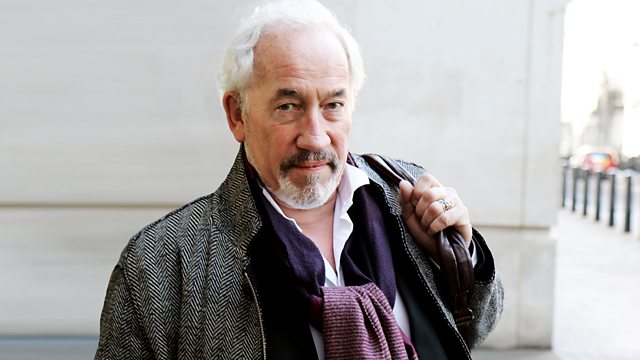Coded Desire
Simon Callow examines the work of artists in the 19th and early 20th centuries who explored same-sex desire in a coded manner at a time when sex between men was illegal.
A three part series marking the 50th anniversary of the partial decriminalisation of sex between men through the Sexual Offences Act of 1967. Simon Callow presents an exploration of 100 years of queer life in Britain seen through the lens of the arts.
The series has been produced in partnership with Tate Britain and their landmark exhibition Queer British Art 1861-1967. Simon's guide throughout the series is exhibition curator Clare Barlow.
In this first episode, Simon examines a handful of artists and writers working in the late 19th century, a period in British history when sexualities were far less clearly defined. In the late 1800s, a set of British artists emerged who would not have labelled themselves as gay or lesbian, but whose work explored gender, difference and queer desires, albeit in a coded manner.
We uncover the hidden messages within the paintings of Simeon Solomon, reveal the identity of the mysterious poet Michael Field (in fact an alias created by a lesbian couple) and encounter the steely gaze of Gluck, a painter who turned androgyny into a fine art.
This episode also discusses the impact of the trials of Oscar Wilde and Marguerite Radclyffe Hall on the emergence of the stereotype of a queer "artistic type".
Presenter: Simon Callow
Producer: Max O'Brien
A TBI Media production for Βι¶ΉΤΌΕΔ Radio 4.
Last on
Clip
-
![]()
Queer British Art
Duration: 01:48
Broadcast
- Mon 17 Jul 2017 16:00Βι¶ΉΤΌΕΔ Radio 4



